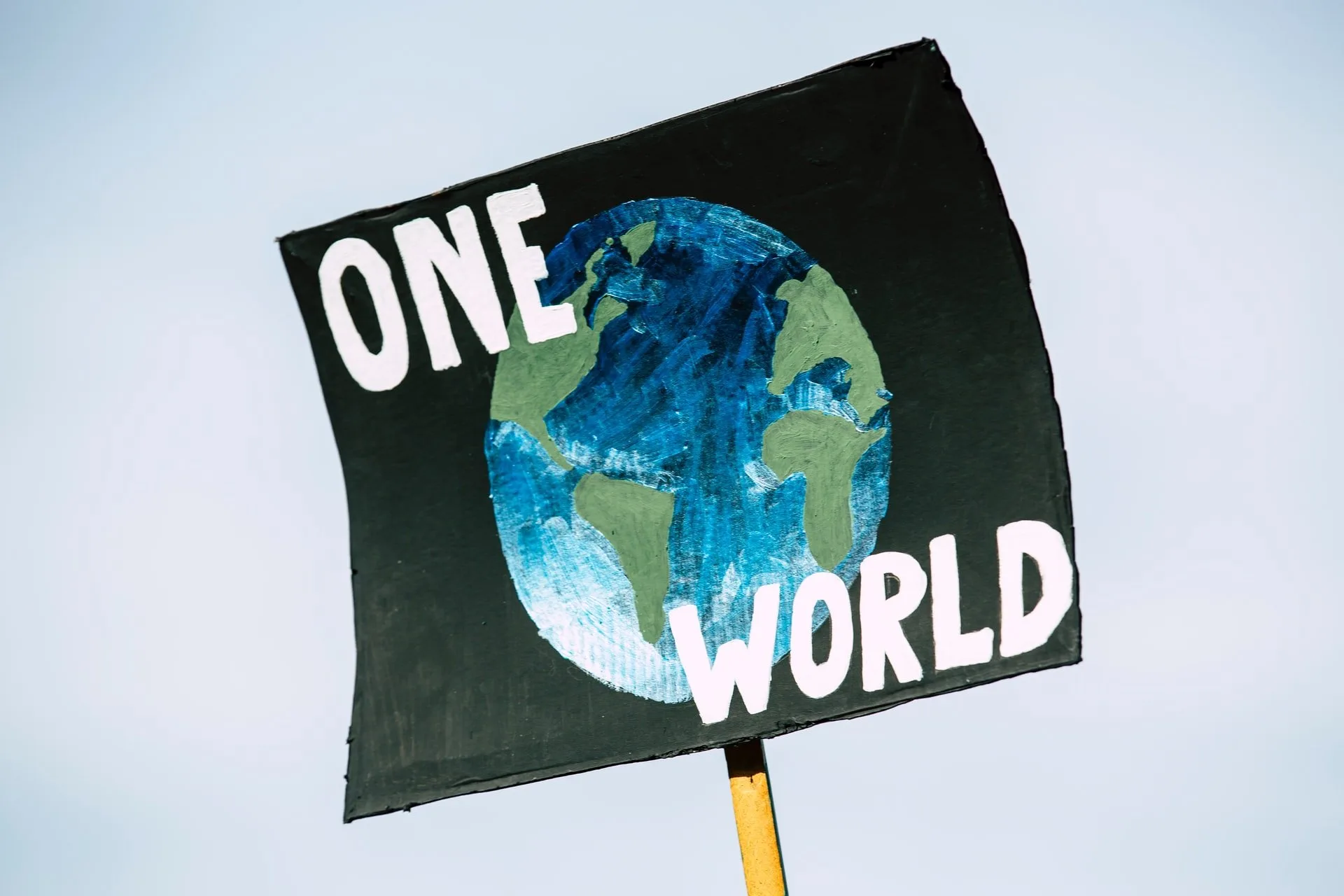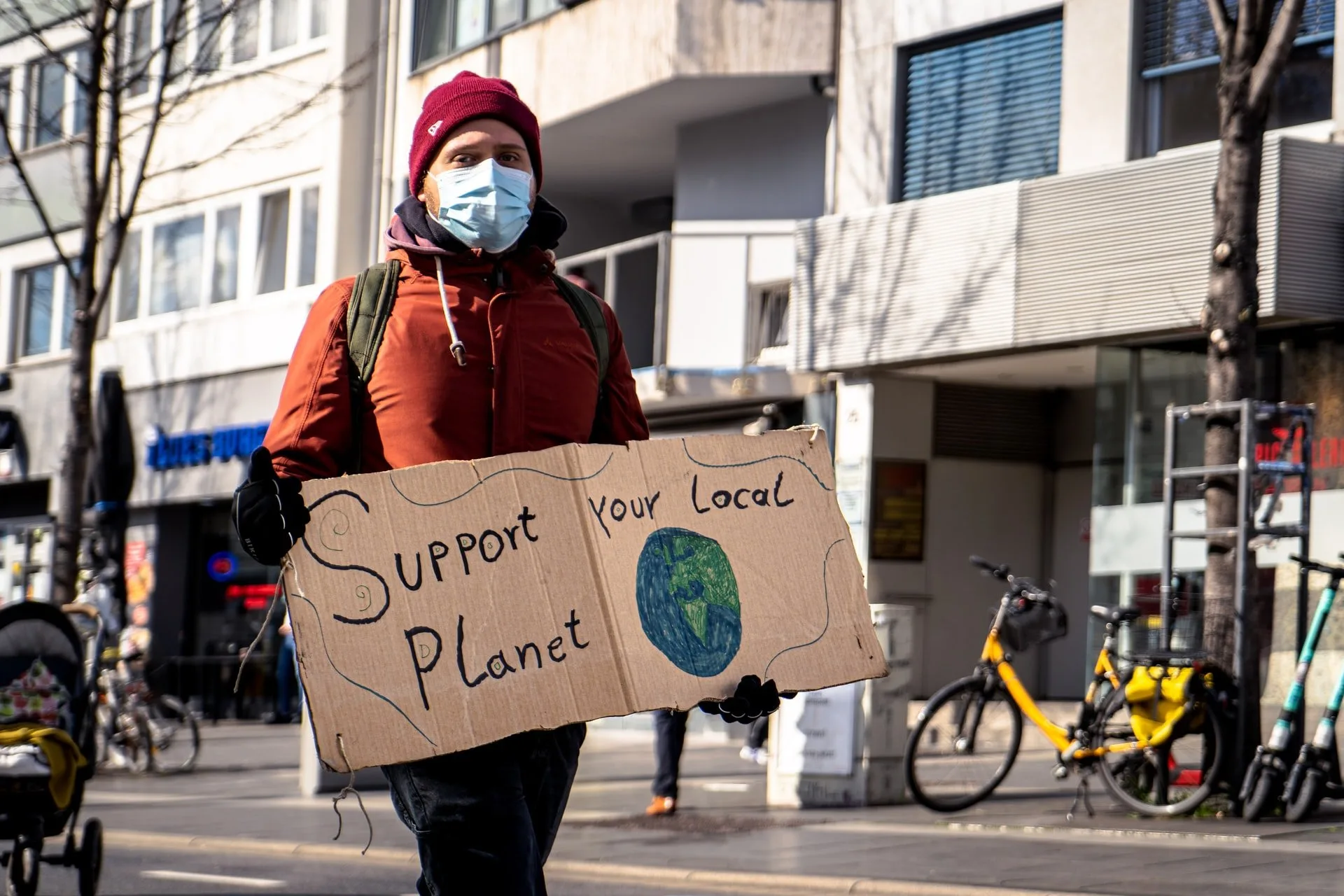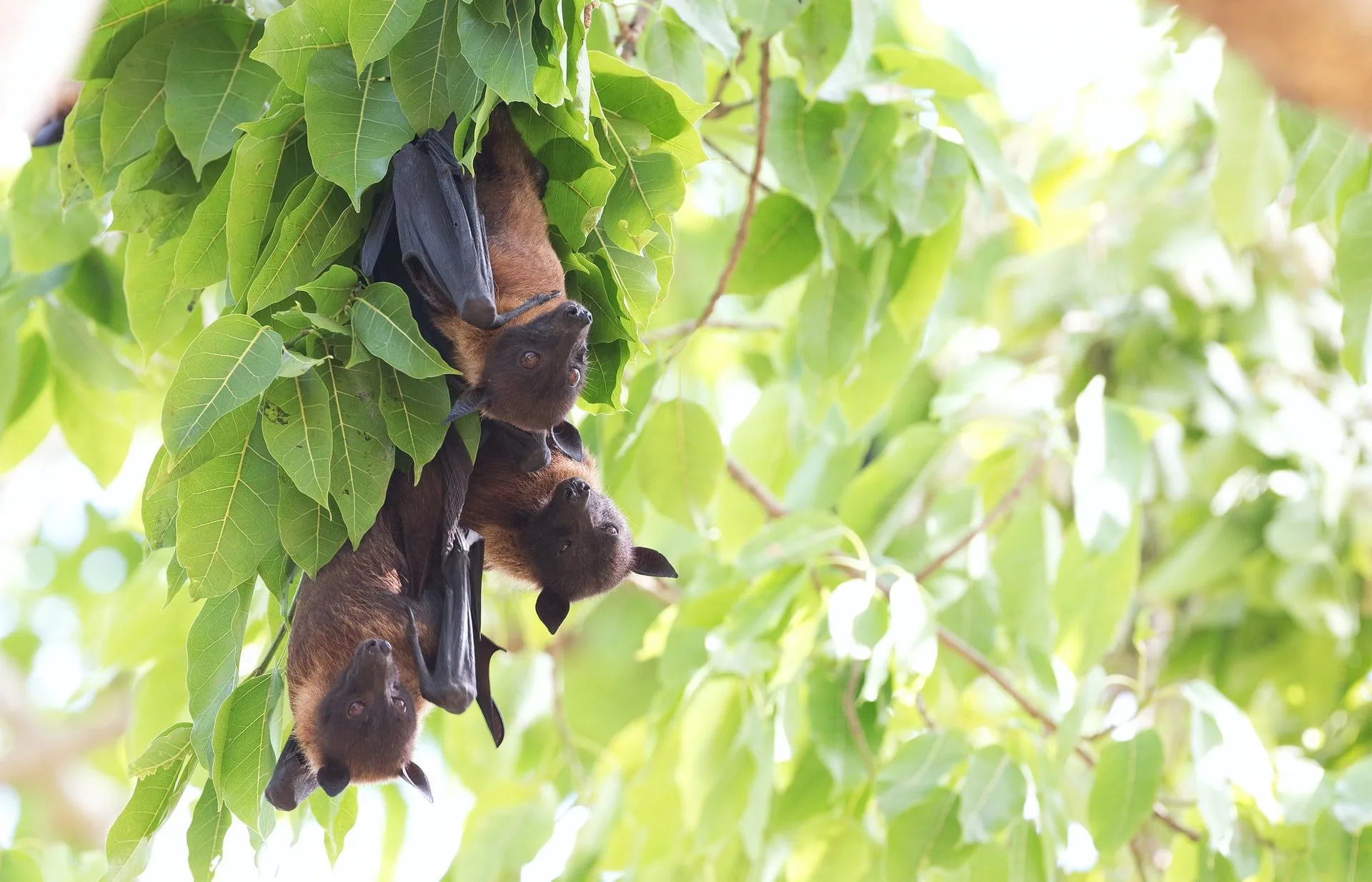Just a little over a year ago, the world came to a standstill. Businesses closed, planes landed and cars remained stationary. Additionally, the pandemic caused a sharp reduction in economic activity, and this may have served to help the climate crisis. Now with the world almost back to its pre-pandemic economic activity, this raises the question of where we are in regards to the climate change fight.
Various studies have come out to support the notion that the COVID-19 lockdowns around the world led to a drop in daily global carbon emissions. Nonetheless, this doesn’t take away from the fact that during 2020, they had the highest monthly atmospheric CO2 reading ever recorded. How so? Well, it may have something to do with the fact that carbon dioxide emissions that have already been emitted can remain in the atmosphere for 300 to 1000 years. Basically, we have yet to truly see the effects of our actions on the environment. if that’s not enough, the International Energy Agency (IEA) is predicting a major surge in CO2 emissions from energy this year as the world rebounds from the pandemic.
So, as we celebrate Earth Day and reel from one of the most intense years in recent history, we have to ask ourselves; where does the fight for climate change fall in a post-pandemic world?
The link between COVID and climate change
As our health depends on the health of the planet, it’s important that we not make the mistake of separating health and environmental policies. Rather, we should find ways to combine the two.
We can’t afford to deal with a viral pandemic, all while attempting to address climate-related issues. It’s important that we understand the relationship between health issues and environmental crises.
Changing animal habitats
According to the Centers for Disease Control and Prevention (CDC), scientists believe that 3 out of every 4 new or emerging infectious diseases in people come from animals and it appears that climate change may be contributing to this fact.
As the climate in some areas becomes warmer and sunnier, this then creates an atmosphere whereby plants and trees grow faster. This then creates perfect habitats for animals such as bats to live in. A recent study, published in Science of the Total Environment, found that thanks to climate change-induced changes in vegetation, around 40 species of bat have moved into the Yunnan province in southern China, as well as neighboring regions of Myanmar and Laos, bringing roughly 100 additional types of coronaviruses with them.
That said, scientists not involved in the study believe that the study makes “too many assumptions…to conclude that climate change could have increased the likelihood of the pandemic occurring in this way”.
Urbanization
The study also suggests that human’s tendency to infringe on wildlife habitat may also be responsible for future pandemics.
“The expansion of urban areas, farmland, and hunting grounds into natural habitats is a key driver of zoonotic disease transmissions—they are what puts many pathogen-carrying animals and humans into contact in the first place,” explained study author Robert Beyer, a researcher in the University of Cambridge’s Department of Zoology, to Fast Company.
“That being said, climate change can drive where these animals (or the animals that they got a virus from) occur; in other words, climate change can move pathogens closer to humans. It can also move a species that carries a virus into the habitat of another species that the virus can then jump to—a step that might not have occurred without climate change, and that might have major long-term consequences for where the virus can go next.”
Air pollution
China is known for having high levels of air pollution. However, during the months of lockdown, it appeared that their levels of air pollution declined significantly. In fact, according to Marshall Burke, an assistant professor at Stanford’s Department of Earth System Science, two months of reduced pollution saved the lives of 4 000 children under the age of 5 and 73 000 adults over the age of 70.
The reduction in air pollution is particularly important once you realize how it can compromise your health, should you contract COVID-19. According to a study from Harvard University, people who live in areas with poor air quality are more likely to die from COVID-19. The results remained the same once the researchers accounted for other factors like pre-existing medical conditions, socioeconomic status, and access to healthcare.
African American communities have been found to be disproportionately exposed to air pollution. As such, recent research has found that the same communities have higher COVID-19 mortality rates.
Plastic waste
Be it gloves or our favorite new sidekicks known as face masks, the pandemic has greatly increased our use of plastic. This, of course, has significantly contributed to the plastic waste crisis. Just think about it; how many discarded gloves and face masks have you seen in the past week?

No more carpooling
Carpooling has been found to help the planet by reducing your carbon footprint. Now while more and more people are returning back to work, it’s still recommended that we minimize contact with other people and continue to practice social distancing. This then means less carpooling and more individual car use which, in turn, contributes to increased greenhouse gas emissions.
Delay in the fight
With the pandemic, many countries and companies have had to reprioritize. As a result, many have put aside their plans for climate action. Additionally, as many faced limitations in their work because of the pandemic, scientists have also had to grapple with delays in their work concerning climate change.

Photo by Markus Spiske on Unsplash
There is (some) good news
A green-epiphany
As a result of the pandemic, many countries have changed their outlook. They’ve concluded that more should be done to address the looming climate crisis.
- In June 2020, Germany unveiled the world’s greenest stimulus plan. The 130 billion euro stimulus plan allocates about 41 billion euros to areas like public transport, electric vehicles, and renewable energy.
- This April, France became the first country in the world to offer people the chance to trade in their old cars for an electric or folding bicycle.
- South Korea has introduced a Green New Deal that focuses on renewable energy, green infrastructure, and the industrial sector. The deal includes a green car subsidy program that offers up to US$17 million in subsidies to people buying electric cars in 2021. It also offers up to US$33.5 million for hydrogen fuel-cell electric vehicles.
Less travel, more remote working
While some companies have employees returning to the office, others have noted how their employees can be equally or more productive at home. As more people turn to remote working, we may soon notice a decline in transportation and this serves to reduce carbon emissions.

Photo by Anastasia Shuraeva from Pexels
Plant-based living
Thanks to rising prices for meat, as well as an emphasis on eating a diet that protects your immune system, many have turned to adopting a more plant-based form of eating. This isn’t only great for your health, but research has found that plant-based eating could reduce mortality and greenhouse gases caused by food production by 10% and 70%, respectively, by 2050 (1).

Photo by Polina Kovaleva from Pexels
What now?
We don’t know what the future will bring. However, we do know that we’re still going to be feeling the effects of the COVID-19 pandemic for a while. Therefore, it’s important to learn from it. In doing so, we’ll have a better understanding of what we can do should – when a climate crisis emerges.




![women [longevity live]](https://longevitylive.com/wp-content/uploads/2020/01/photo-of-women-walking-down-the-street-1116984-100x100.jpg)










